Home>Gardening & Outdoor>Landscaping Ideas>How To Paint Grass In Oil
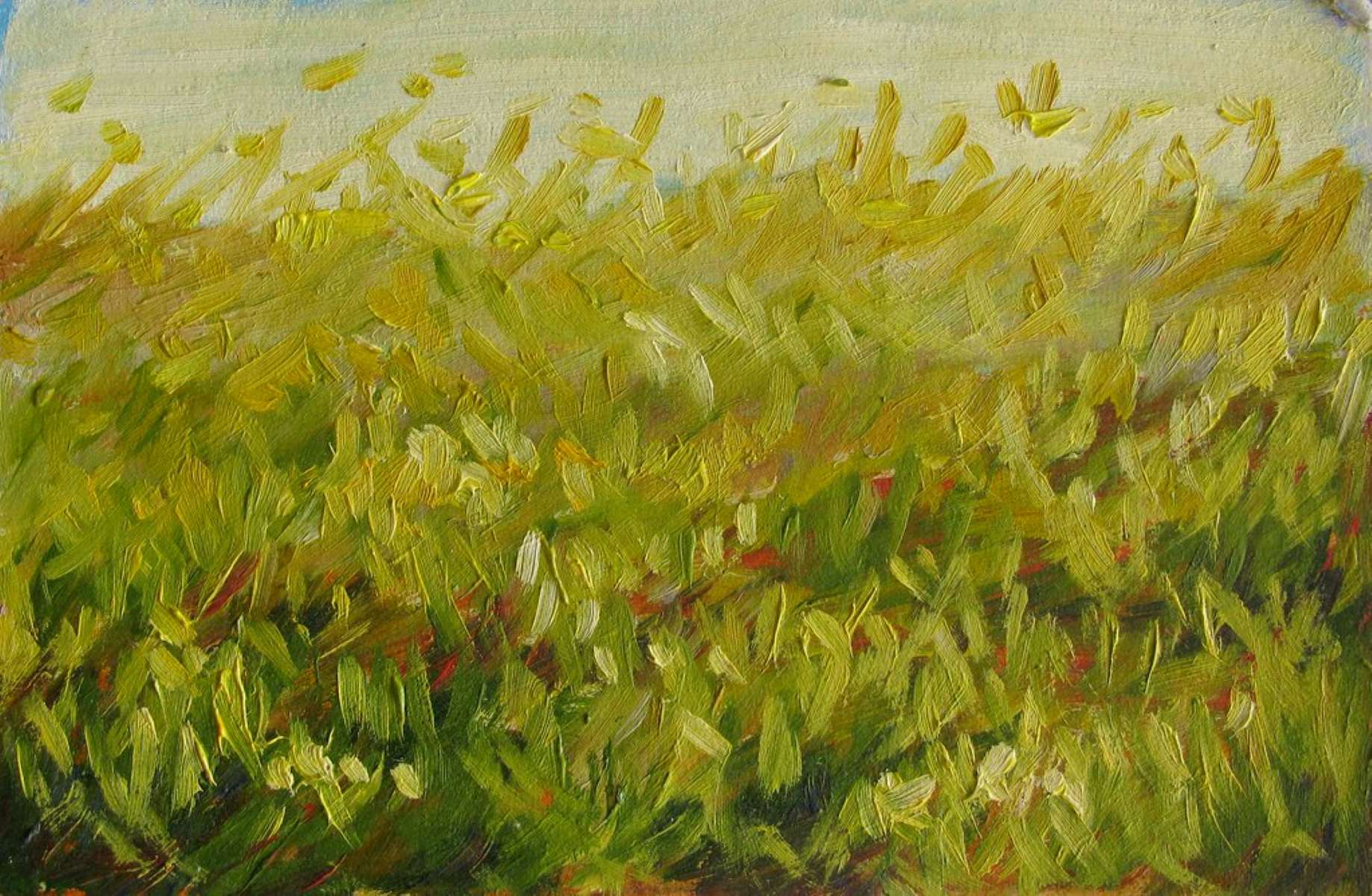

Landscaping Ideas
How To Paint Grass In Oil
Modified: September 1, 2024
Learn effective landscaping ideas with our step-by-step guide on how to paint grass in oil. Enhance your art skills and create stunning natural scenes.
(Many of the links in this article redirect to a specific reviewed product. Your purchase of these products through affiliate links helps to generate commission for Storables.com, at no extra cost. Learn more)
Introduction
Welcome to the wonderful world of oil painting! Whether you’re a seasoned artist or just starting out, painting grass in oil can be a delightful and rewarding experience. The lush, vibrant green hues of grass can add depth and life to your landscape paintings, creating a sense of serenity and natural beauty. In this guide, we will explore the techniques and tips for painting grass in oil, from selecting the right materials to adding intricate details and highlights. By the end of this journey, you’ll be equipped with the knowledge and confidence to bring the essence of nature to life on your canvas.
So, grab your brushes and let’s delve into the art of painting grass in oil!
Key Takeaways:
- When painting grass in oil, use a variety of green shades and other colors to create depth and realism. Experiment with brushstrokes and textures to bring the natural beauty of grass to life on canvas.
- To paint grass in oil, gather the right materials like oil paints, brushes, and reference images. Embrace patience and persistence, and seek inspiration from nature to capture the timeless allure of grassy landscapes.
Read more: How To Store An Oil Painting
Materials Needed
Before embarking on your oil painting journey, it’s essential to gather the right materials to ensure a smooth and enjoyable process. Here’s a list of the essential items you’ll need:
- Oil paints: Invest in a high-quality set of oil paints that include various shades of green, as well as other colors for the surrounding landscape.
- Canvas: Choose a sturdy canvas or canvas board that can withstand the application of oil paints and provide a suitable surface for your artwork.
- Brushes: Select a range of brushes, including flat and round brushes of different sizes, to achieve varying textures and details in your grassy landscapes.
- Palette: A palette for mixing and blending your oil paints is essential for achieving the perfect shades and gradients.
- Palette knife: This tool can be used for mixing colors, creating textured effects, and applying paint to the canvas.
- Medium: Invest in a quality oil painting medium to enhance the flow and consistency of your oil paints.
- Odorless mineral spirits: This will be used for cleaning your brushes and thinning your oil paints.
- Reference images: Gather reference images of grassy landscapes to inspire and guide your painting process.
- Easel: A sturdy easel will provide a comfortable and adjustable surface for your painting work.
- Protective gear: Don’t forget to use gloves, aprons, and proper ventilation to protect yourself from the fumes and potential mess of oil painting.
By ensuring you have these materials at hand, you’ll be well-prepared to dive into the art of painting grass in oil and unleash your creativity onto the canvas.
Choosing the Right Brushes
When it comes to painting grass in oil, selecting the right brushes is crucial for achieving the desired textures and details. Here are some essential tips for choosing the perfect brushes:
- Flat brushes: Opt for flat brushes with varying widths. These are ideal for creating broad, sweeping strokes that mimic the appearance of long grass blades.
- Round brushes: Round brushes of different sizes are essential for adding intricate details, such as individual blades of grass and subtle highlights.
- Bristle brushes: Bristle brushes are well-suited for oil painting, as they can hold a generous amount of paint and create natural-looking textures, perfect for capturing the organic essence of grass.
- Fan brushes: Consider using fan brushes to achieve soft, wispy effects that emulate the delicate sway of grass in the breeze.
- Palette knife: While not a traditional brush, a palette knife can be used to create unique textures and patterns within the grassy landscape, adding depth and visual interest to your painting.
Experimenting with different brush types and sizes will allow you to explore a range of techniques and styles, ultimately enhancing the realism and dynamism of your grassy oil paintings. Remember, the right brush can make all the difference in bringing your artistic vision to life.
Selecting the Right Colors
Choosing the perfect colors for your grassy oil paintings is essential for capturing the lush, natural beauty of landscapes. Here’s how you can select the right colors to breathe life into your grassy scenes:
Green, being the predominant color in grass, forms the foundation of your palette. However, it’s important to avoid using a single flat green tone. Instead, opt for a variety of greens, including sap green, olive green, and viridian, to create depth and realism. Additionally, consider mixing greens with other colors to achieve nuanced and natural-looking shades. For instance, adding a touch of yellow ochre or cadmium yellow can infuse warmth and vibrancy into your grassy hues.
Don’t limit yourself to greens alone. Incorporating complementary colors such as earthy browns, subtle blues, and gentle yellows can add dimension and visual interest to your grassy landscapes. These colors can represent sunlight filtering through the grass, shadows cast by surrounding elements, and the interplay of light and nature within the scene.
When selecting colors for your grassy oil paintings, observe the natural world around you. Take note of the diverse hues and tones present in different types of grass, as well as the surrounding flora and environmental elements. Drawing inspiration from real-life landscapes will enrich your color palette and imbue your paintings with authenticity.
By carefully selecting and blending a diverse range of colors, you can infuse your grassy oil paintings with a captivating sense of realism and evoke the tranquil beauty of natural landscapes.
When painting grass in oil, start with a dark base layer and gradually add lighter shades to create depth and texture. Use quick, short brushstrokes to mimic the look of grass.
Creating Texture and Depth
Texture and depth are vital elements in portraying the organic and dynamic nature of grass in oil paintings. Here are some techniques to help you infuse your grassy landscapes with captivating texture and depth:
Impasto technique: Embrace the impasto technique by applying thick, textured layers of paint to represent the density and lushness of grass. Use a palette knife to create bold, expressive strokes that mimic the varied heights and movements of grass blades. This technique adds tactile depth to your paintings, inviting viewers to immerse themselves in the rich, tactile world you’ve created.
Layering and glazing: Build depth and dimension by layering translucent glazes over your base colors. This technique can simulate the interplay of light and shadow within the grass, as well as the subtle variations in color and texture. By strategically applying multiple layers of paint, you can achieve a sense of depth that draws the viewer into the intricate layers of your grassy landscapes.
Varied brushstrokes: Experiment with a variety of brushstrokes to convey the diverse textures found in grassy terrain. Use quick, flicking strokes to depict the delicate, swaying motion of grass in the wind, and employ longer, sweeping strokes to capture the undulating patterns and natural flow of grassy fields. By varying your brushstrokes, you can evoke the tactile and visual complexity of grass, creating a multi-dimensional and immersive painting.
Contrast and highlights: Introduce contrast and highlights to accentuate the texture and depth of your grassy landscapes. Enhance the play of light and shadow to delineate individual blades of grass, creating a sense of volume and movement. By strategically adding highlights to catch the light and shadows to convey depth, you can breathe life into your grassy scenes and evoke a compelling sense of realism.
By incorporating these techniques, you can infuse your grassy oil paintings with a captivating sense of texture and depth, allowing viewers to experience the natural beauty and vibrancy of grassy landscapes on a profound and tactile level.
Adding Detail and Highlights
Detail and highlights are essential components in capturing the intricate beauty and luminosity of grass in oil paintings. Here’s how you can add detail and highlights to elevate the realism and visual impact of your grassy landscapes:
Individual blades of grass: Use fine-tipped brushes to delicately paint individual blades of grass, varying the length, direction, and density to create a natural and organic appearance. Pay attention to the subtle nuances of grass, such as the way light plays upon the edges and the gentle swaying motion, to infuse your painting with lifelike detail.
Light and shadow: Utilize the interplay of light and shadow to convey depth and dimension within your grassy scenes. Identify the source of light in your painting and strategically place highlights and shadows to emulate the way sunlight interacts with the grass. By carefully observing and replicating the nuanced contrasts of light and shadow, you can imbue your grassy landscapes with a captivating sense of realism and depth.
Textural details: Enhance the tactile quality of your grassy paintings by incorporating textural details, such as knots, tufts, and variations in grass blades. Experiment with different brushstrokes, layering techniques, and the application of impasto to create a rich and varied texture that mimics the lush and intricate nature of grassy terrain.
Subtle highlights: Introduce subtle highlights to accentuate the natural luminosity and vitality of grass. Pay attention to the areas where light would naturally catch the tips of grass blades, creating a sense of movement and vitality within your painting. By delicately applying highlights, you can infuse your grassy landscapes with a radiant and dynamic quality that captivates the viewer’s eye.
By meticulously adding detail and highlights, you can breathe life into your grassy oil paintings, transforming them into vivid and immersive representations of the serene and vibrant beauty found in natural landscapes.
Final Tips and Tricks
As you embark on your journey to paint grass in oil, consider these final tips and tricks to enhance your artistic process and elevate the quality of your grassy landscapes:
Study nature: Take the time to observe and study the intricate details of grass in its natural environment. Pay attention to the way light interacts with grass, the varied textures present, and the subtle color gradients. By immersing yourself in nature, you can gain a deeper understanding of the nuanced elements that make grass come alive.
Experiment with different techniques: Don’t be afraid to explore various painting techniques, such as dry brushing, stippling, and scumbling, to achieve diverse textures and visual effects within your grassy landscapes. Embracing experimentation will allow you to discover unique approaches that resonate with your artistic vision.
Balance realism and artistic interpretation: While realism is important, don’t hesitate to infuse your grassy paintings with a touch of artistic interpretation. Allow your brushstrokes and color choices to convey emotion and atmosphere, creating a harmonious balance between faithful representation and creative expression.
Patience and persistence: Oil painting, particularly when capturing the intricate details of grass, requires patience and persistence. Embrace the process, and don’t be discouraged by initial challenges. With each stroke of the brush, you’re honing your skills and bringing your vision to life.
Seek inspiration: Surround yourself with sources of inspiration, whether it’s through exploring the works of renowned landscape artists, visiting natural settings, or immersing yourself in art that resonates with your creative spirit. Drawing inspiration from diverse sources can spark new ideas and perspectives for your grassy oil paintings.
By incorporating these final tips and tricks into your artistic practice, you can enrich your journey of painting grass in oil, expanding your skills and creating captivating, evocative representations of the natural world.
Conclusion
Painting grass in oil is a delightful and immersive artistic endeavor that allows you to capture the timeless beauty of natural landscapes. From the careful selection of materials to the meticulous application of detail and highlights, the process of bringing grass to life on canvas is a journey of creativity and expression.
Throughout this guide, we’ve explored the essential techniques and considerations for painting grass in oil, from choosing the right brushes and colors to infusing texture, depth, and detail into your grassy landscapes. By embracing the interplay of light and shadow, experimenting with various brushstrokes, and incorporating subtle nuances, you have the power to evoke the vibrant, organic essence of grass within your paintings.
As you continue to hone your skills and embark on your own artistic exploration, remember to draw inspiration from the natural world, immerse yourself in the process, and embrace the balance between realism and artistic interpretation. With patience, persistence, and a spirit of curiosity, you’ll uncover new dimensions of creativity and bring forth captivating representations of grassy landscapes that resonate with viewers on a profound and emotional level.
So, pick up your brushes, set up your easel, and let the beauty of grass unfold on your canvas. Whether you’re painting a tranquil meadow, a windswept hillside, or a sun-dappled field, each brushstroke is an opportunity to breathe life into your artistic vision and share the timeless allure of grass with the world.
May your artistic journey be filled with boundless inspiration and the joy of creation as you continue to explore the art of painting grass in oil.
Frequently Asked Questions about How To Paint Grass In Oil
Was this page helpful?
At Storables.com, we guarantee accurate and reliable information. Our content, validated by Expert Board Contributors, is crafted following stringent Editorial Policies. We're committed to providing you with well-researched, expert-backed insights for all your informational needs.
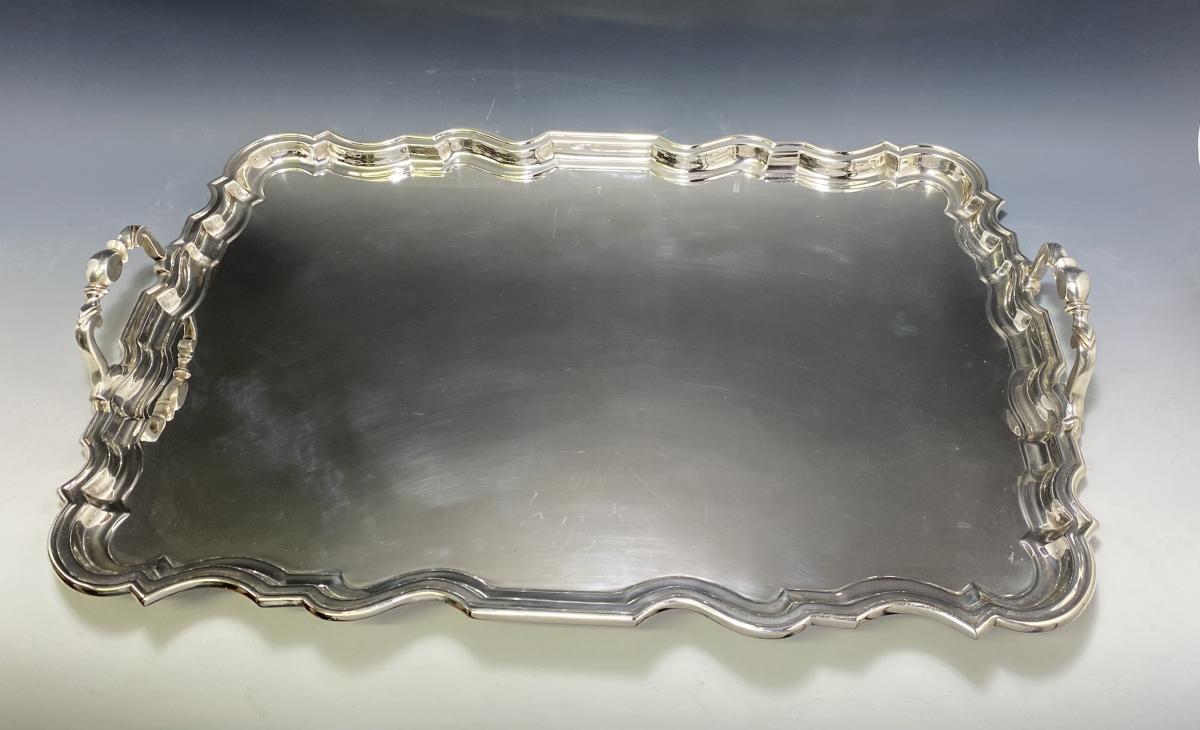
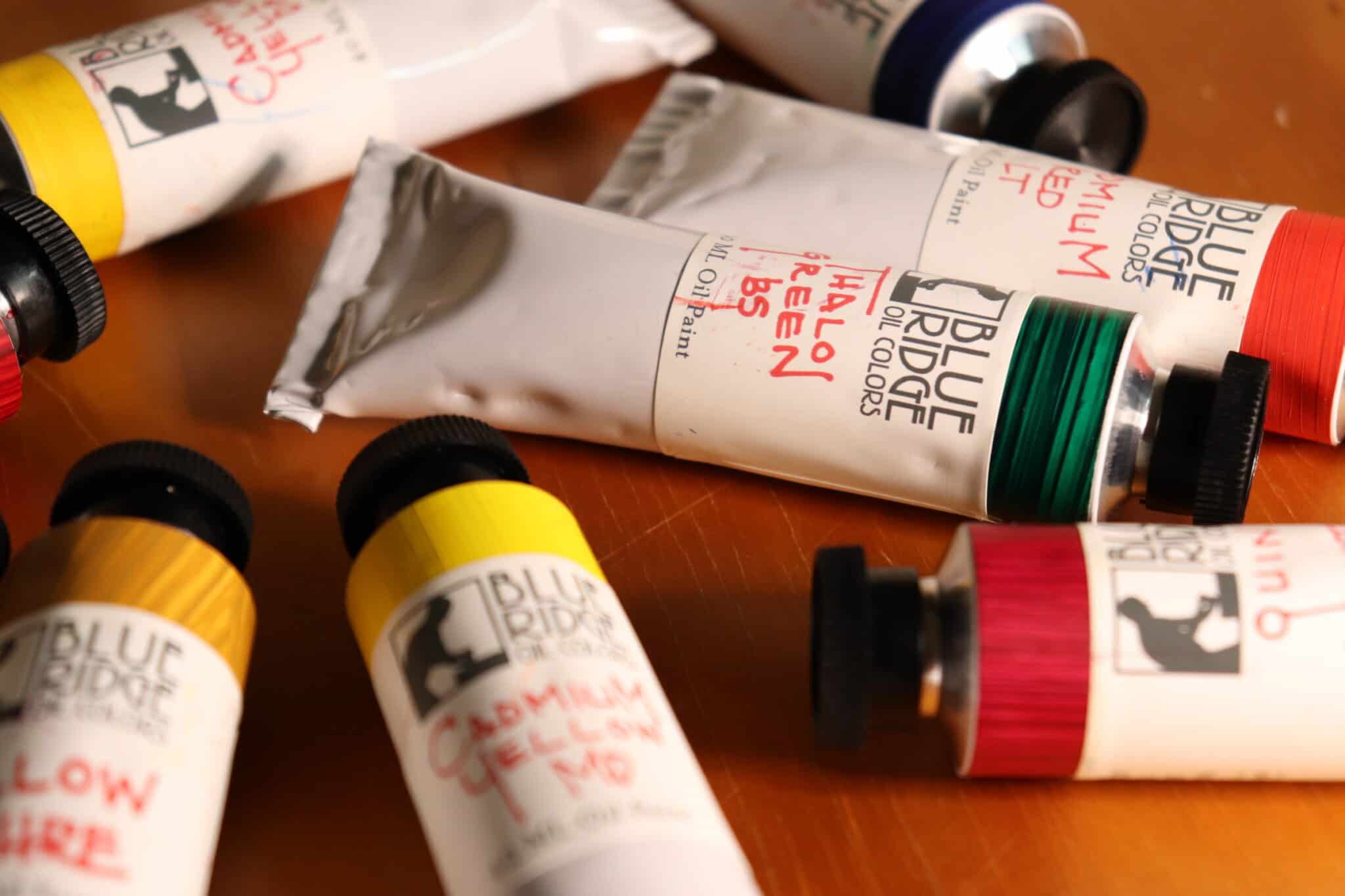
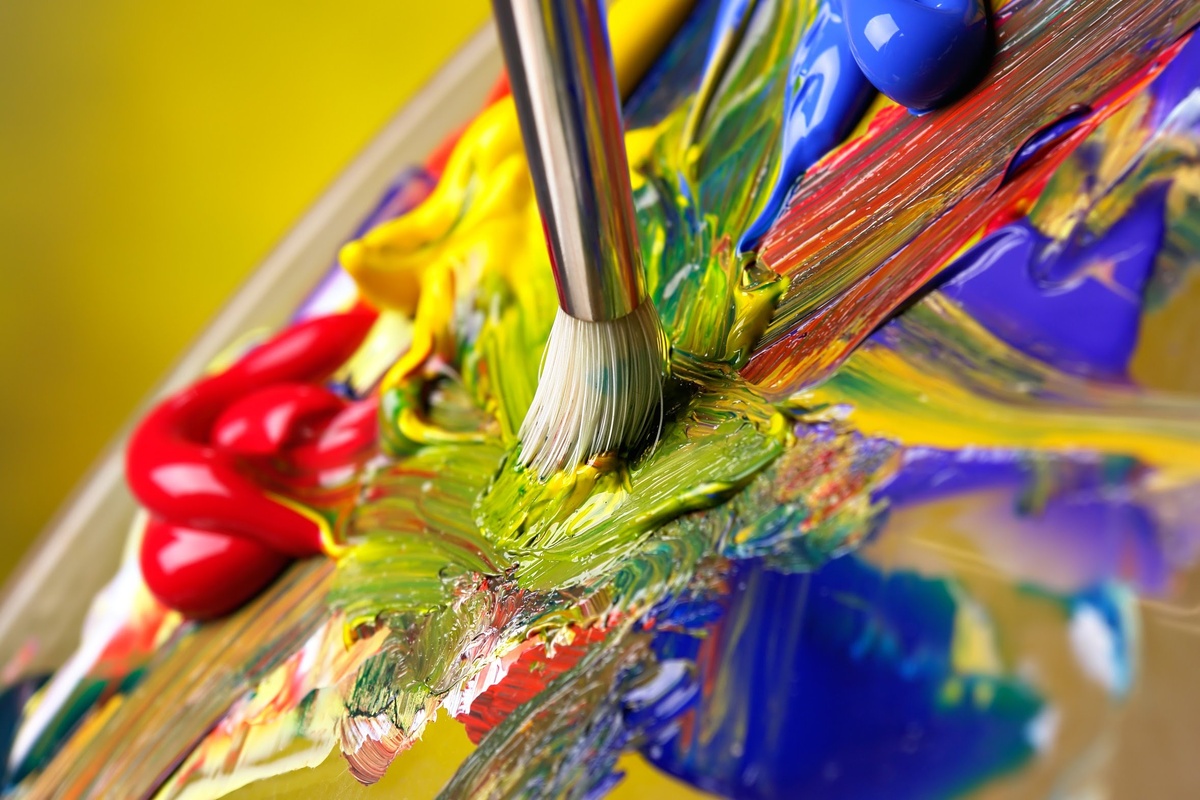
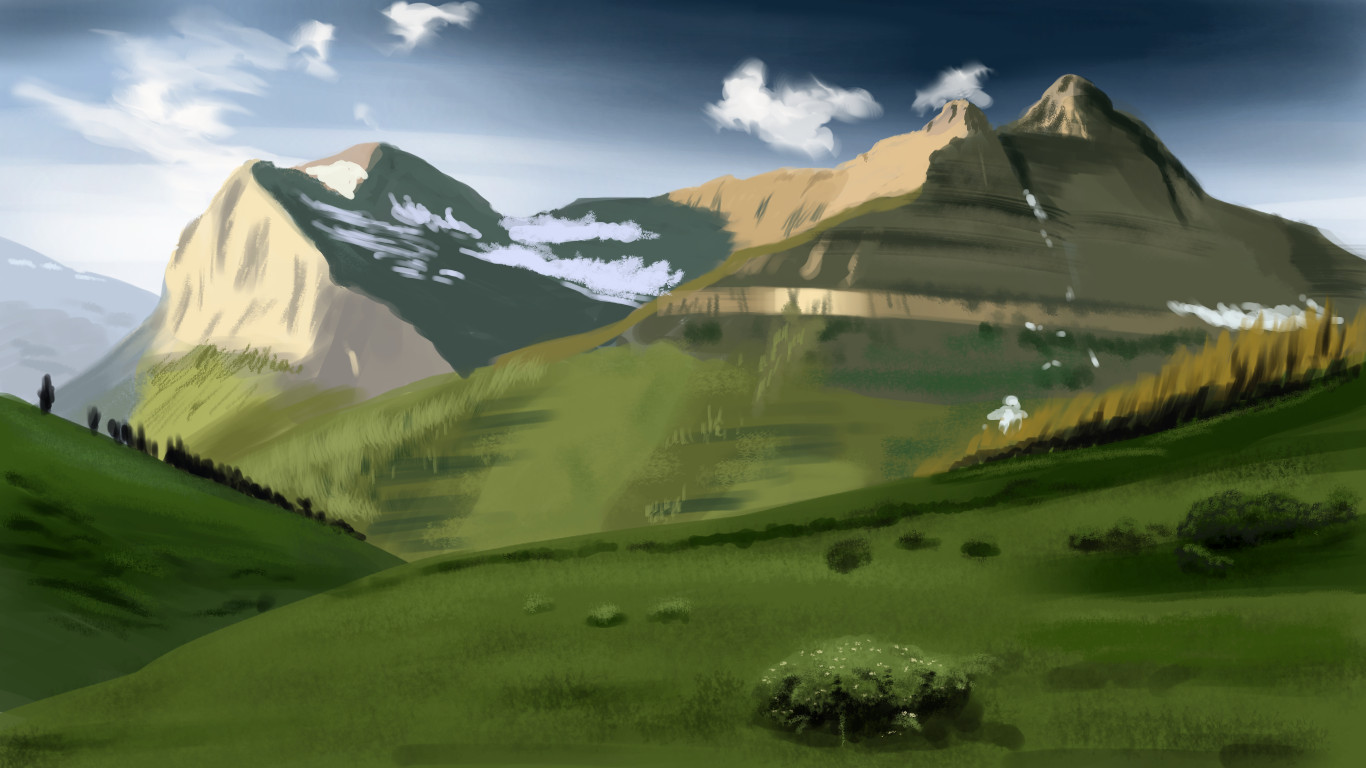
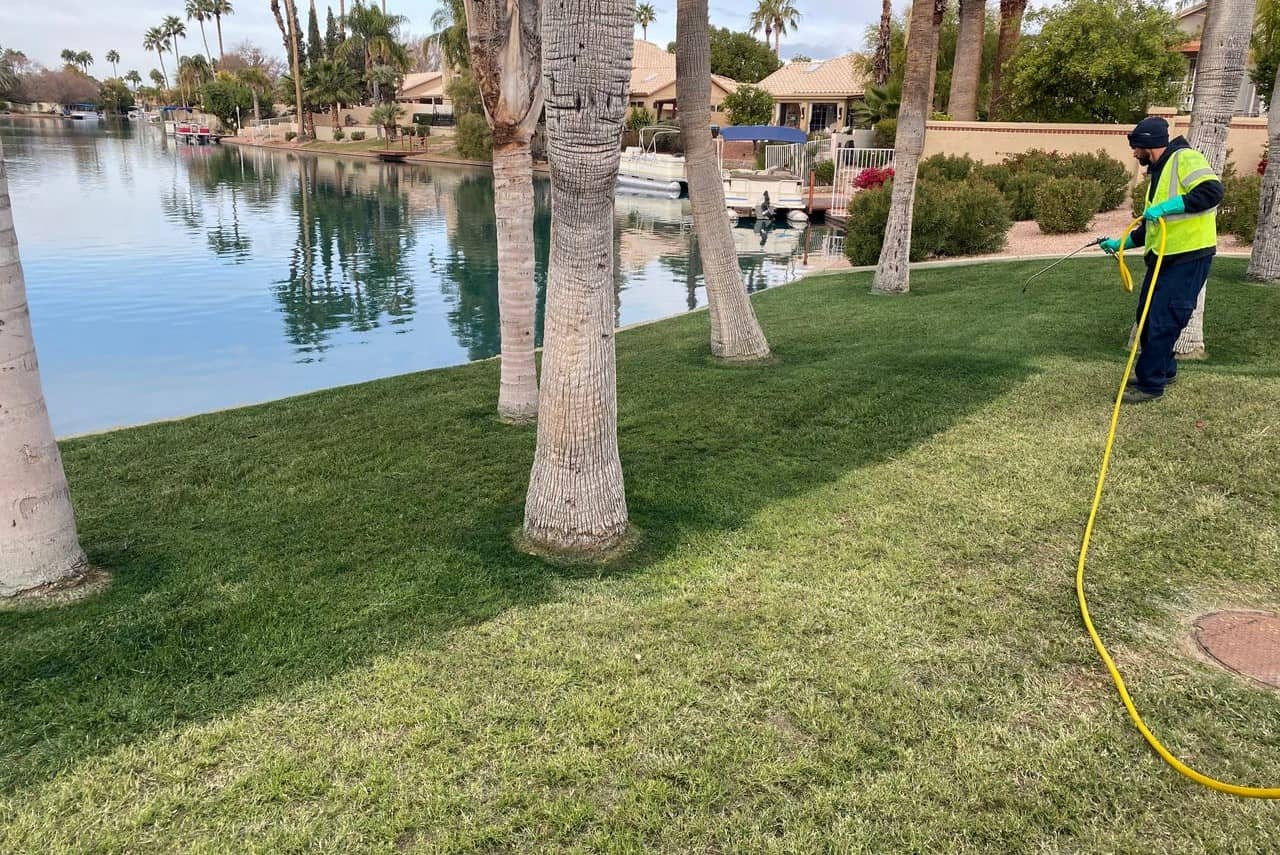

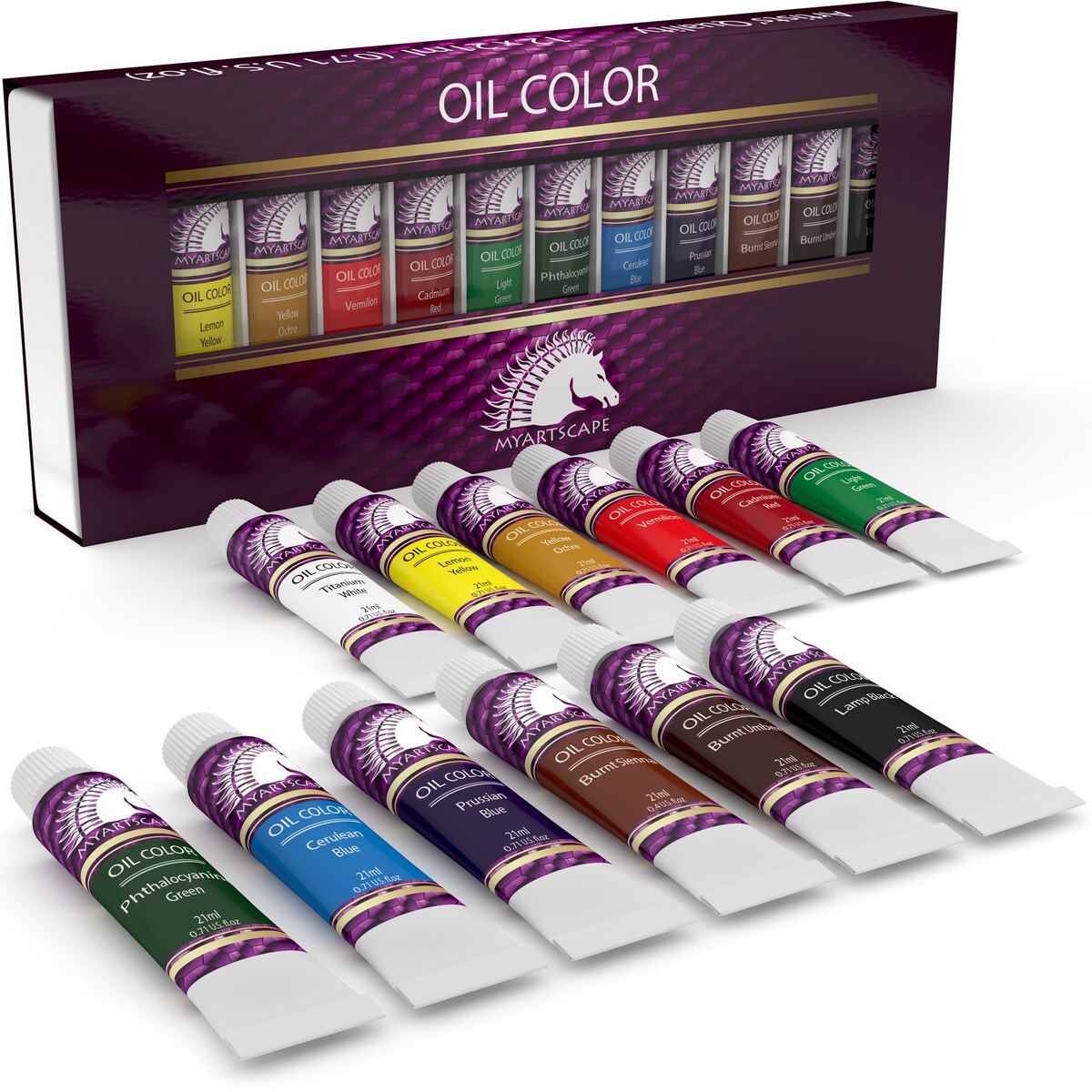

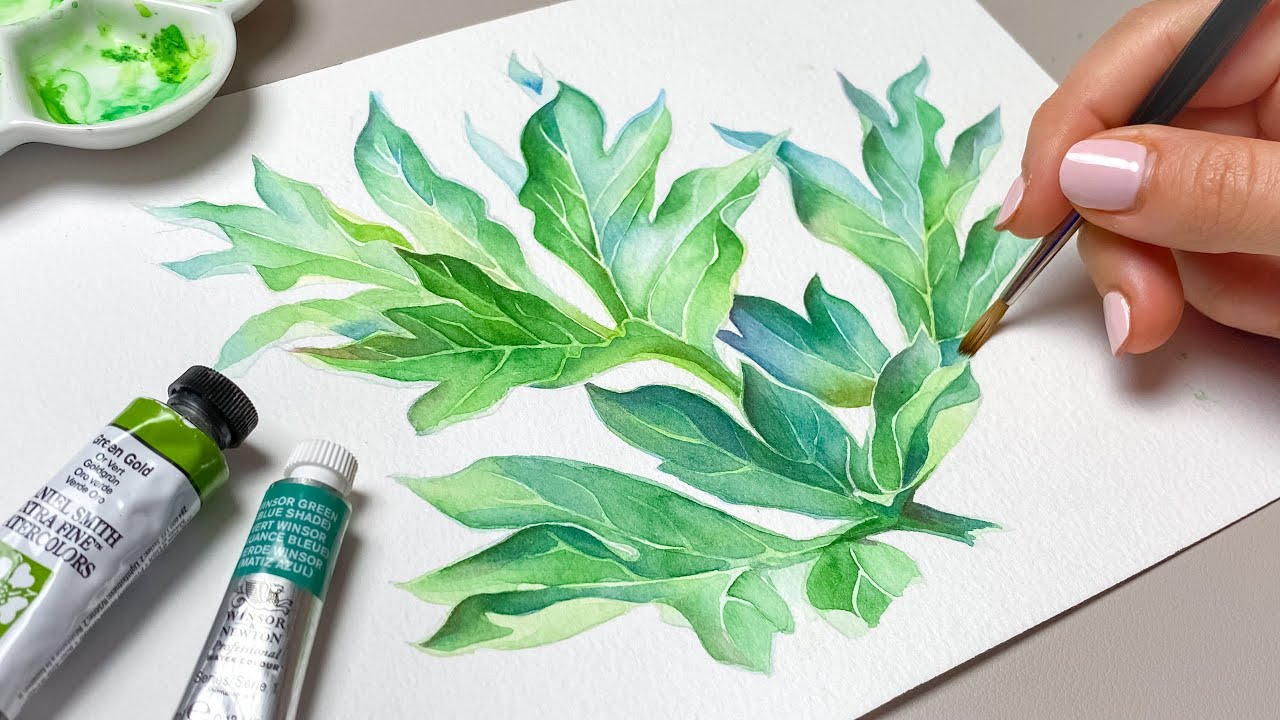
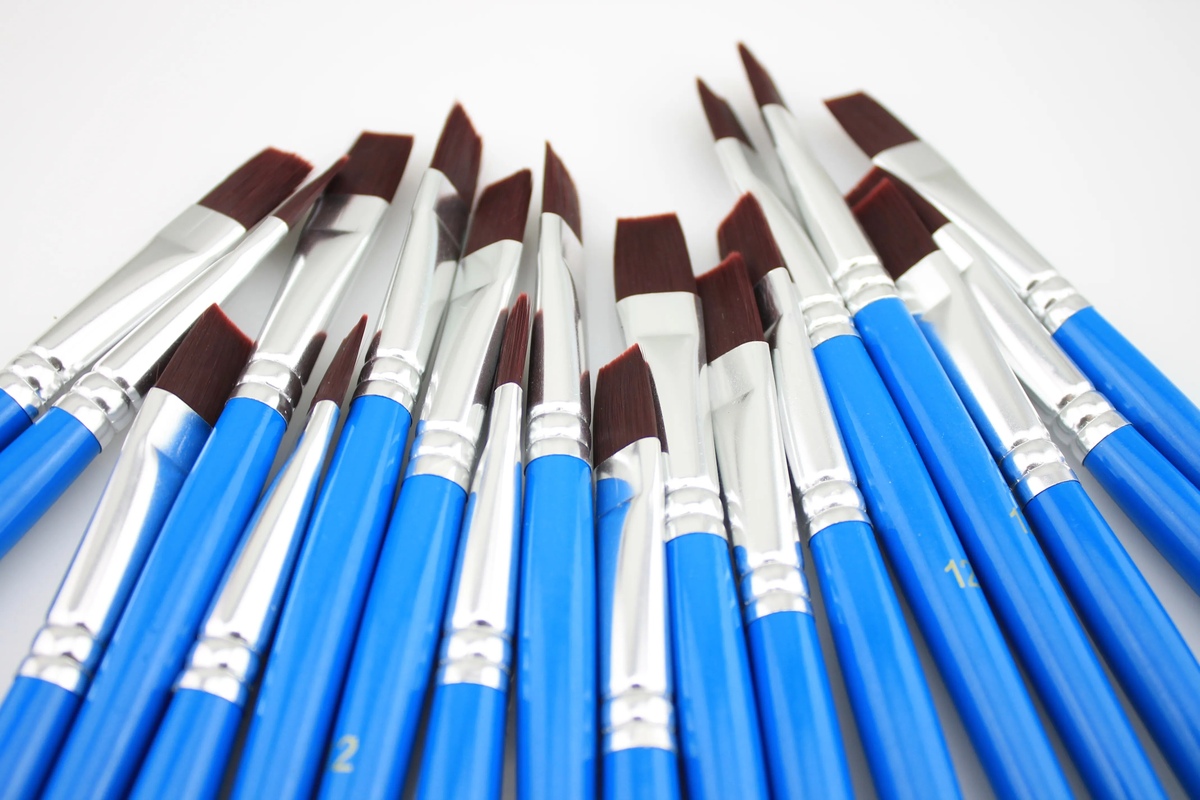
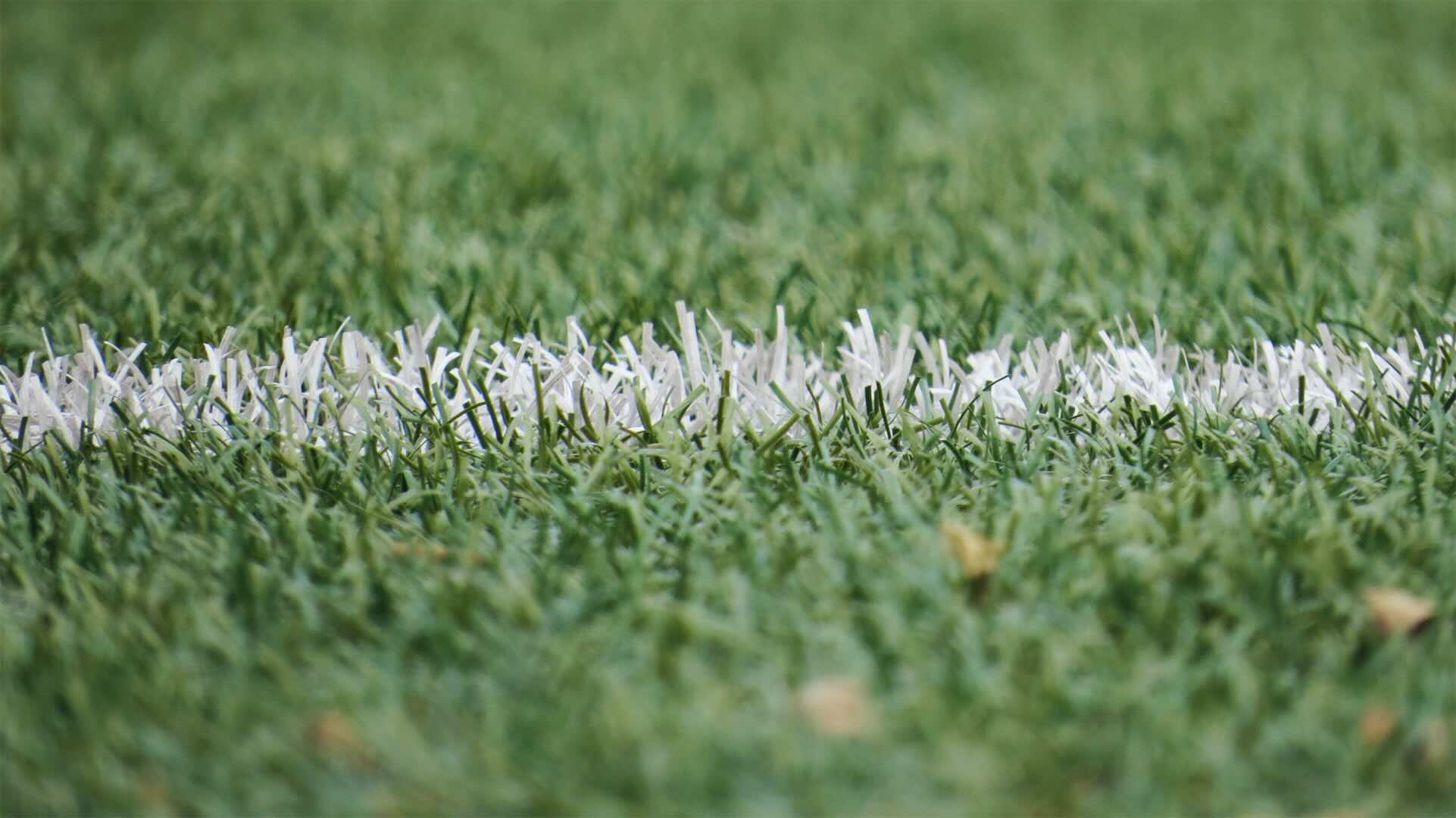
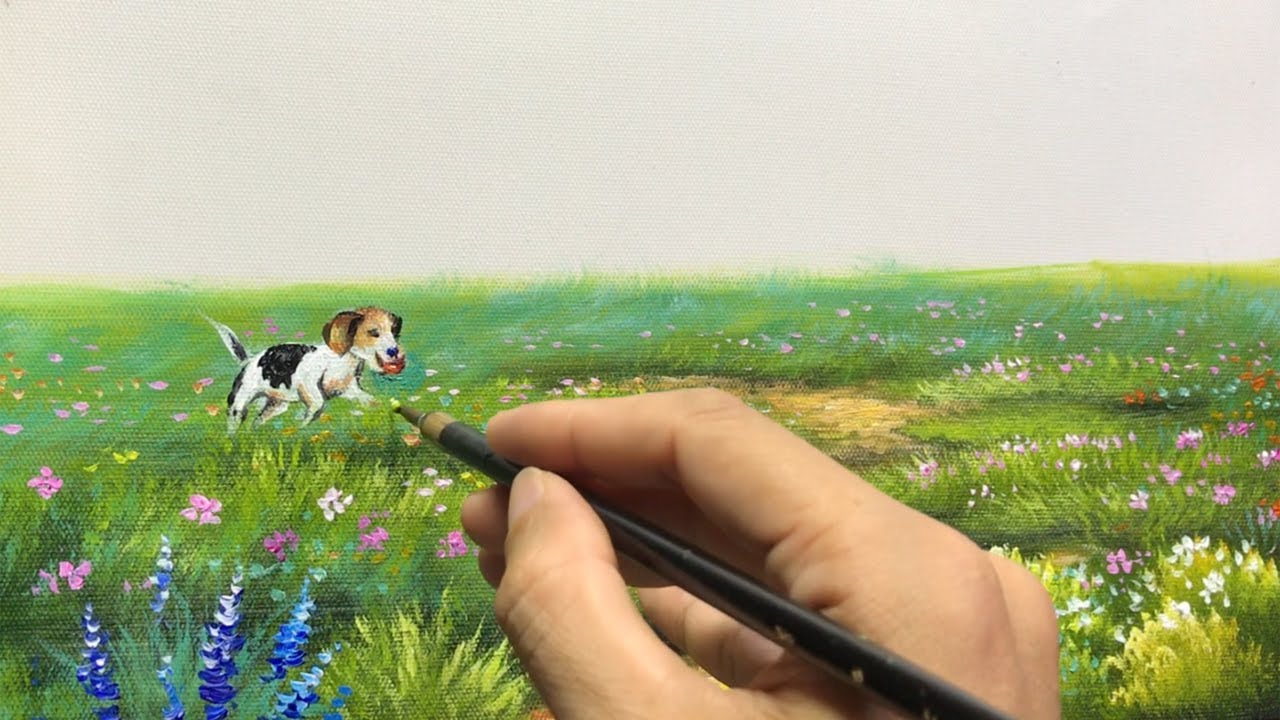
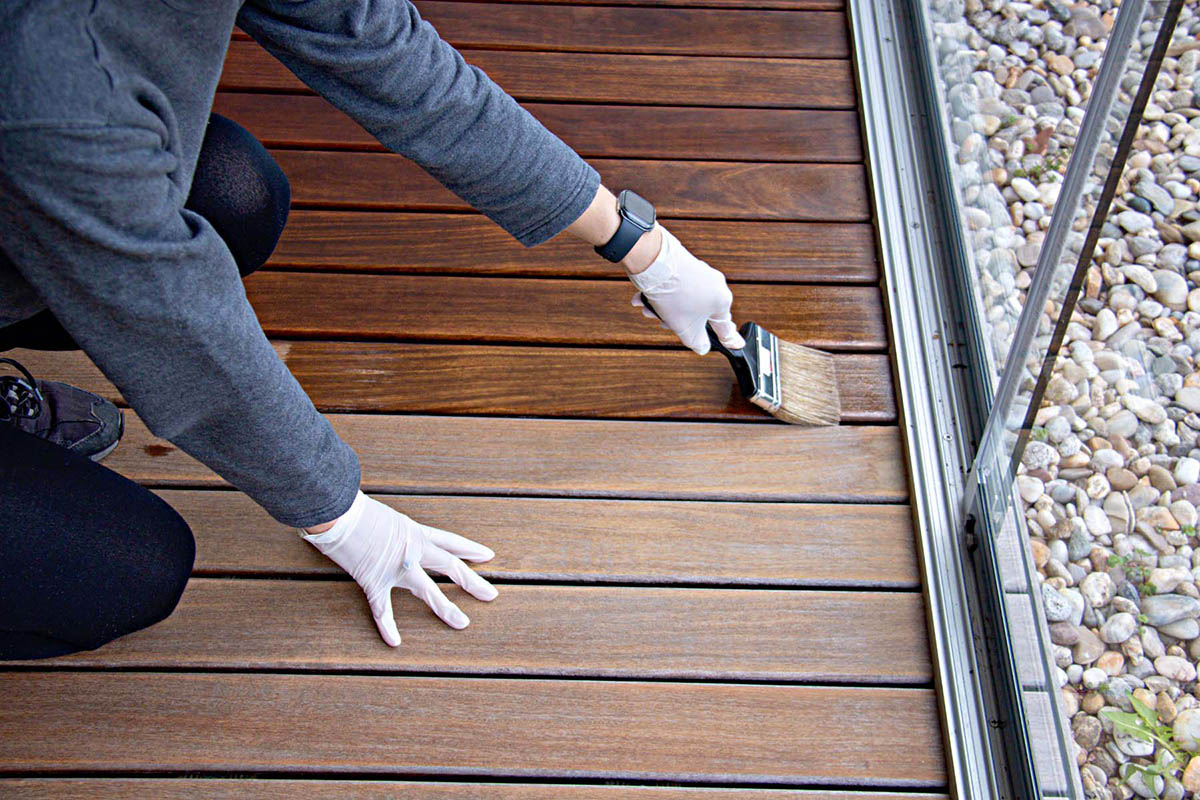
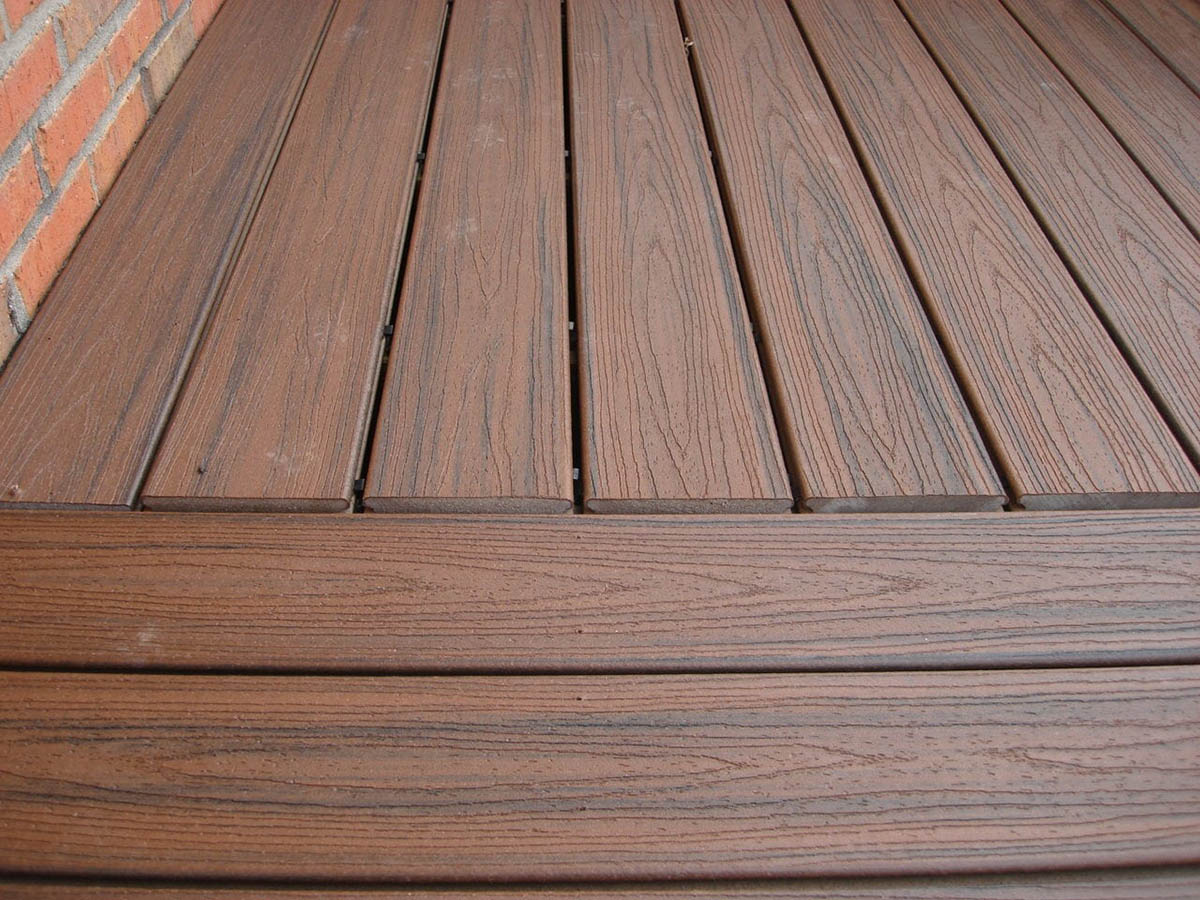

0 thoughts on “How To Paint Grass In Oil”